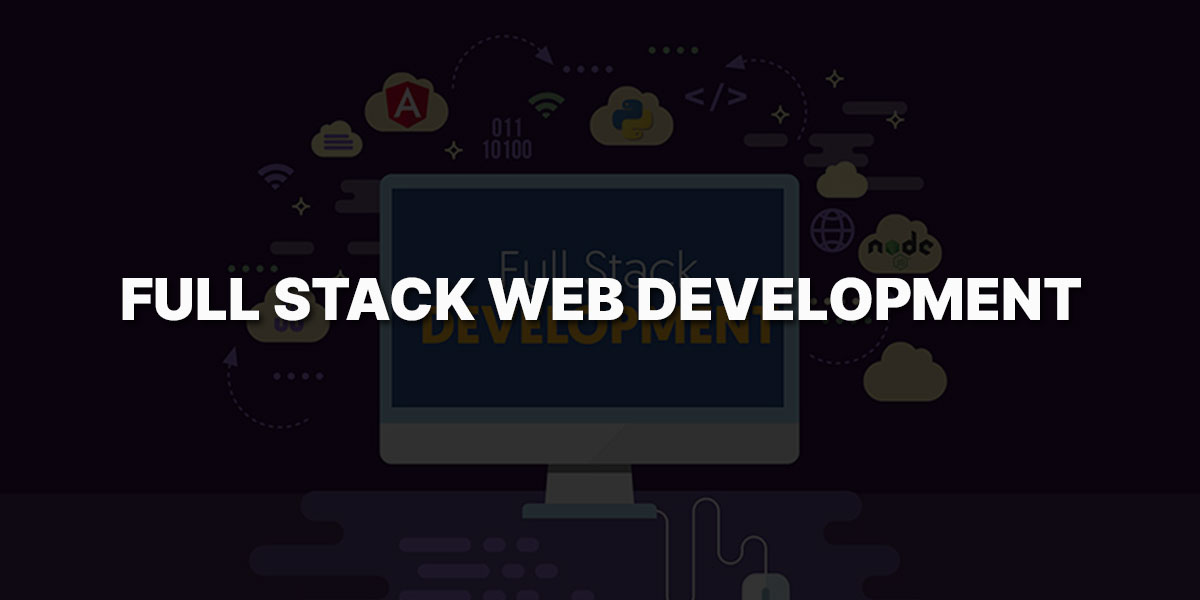In the fast-changing world of technology, full stack development remains a foundational skill in 2025. As companies increasingly seek developers skilled in both front-end and back-end technologies, understanding the essential skills, current trends, and career opportunities in full stack development is more important than ever.
What Is Full Stack Development?
Full stack development involves working on both the front-end (client side) and back-end (server side) of web applications. A full stack developer handles everything—from designing engaging user interfaces to managing databases and server infrastructure.
Key Responsibilities of Full Stack Developers:
-
Front-End Development: Building responsive, interactive user interfaces using HTML, CSS, and JavaScript frameworks like React or Vue.js.
-
Back-End Development: Creating server-side logic, APIs, and database operations with languages such as Node.js, Python, or Ruby.
-
Database Management: Designing and maintaining databases using SQL (MySQL, PostgreSQL) and NoSQL (MongoDB) systems.
-
Version Control: Managing code changes with Git and collaborating via platforms like GitHub.
-
Deployment & DevOps: Automating build and deployment processes using Docker, Kubernetes, and cloud services like AWS, Azure, and Google Cloud.
Essential Full Stack Developer Skills in 2025
To succeed as a full stack developer today, you need a mix of technical expertise and soft skills:
Technical Skills
-
Front-End Technologies: Mastery of HTML5, CSS3, JavaScript, and popular frameworks such as React, Angular, or Vue.js.
-
Back-End Technologies: Proficiency in Node.js, Python (Django), Ruby on Rails, or PHP.
-
Databases: Experience with SQL (MySQL, PostgreSQL) and NoSQL (MongoDB).
-
Version Control: Strong knowledge of Git for efficient team collaboration.
-
DevOps Tools: Understanding containerization (Docker), orchestration (Kubernetes), and CI/CD pipelines.
Soft Skills
-
Problem-Solving: Ability to debug and resolve complex technical challenges.
-
Communication: Clear collaboration and idea sharing with cross-functional teams.
-
Adaptability: Quick learning and flexibility to keep up with evolving technologies.
-
Time Management: Balancing multiple projects while meeting deadlines effectively.
Top Full Stack Development Trends to Watch in 2025
Keeping up with emerging trends is crucial for staying competitive in full stack development:
-
AI-Powered Development Tools
AI tools like GitHub Copilot help automate coding tasks by suggesting snippets, boosting productivity and reducing errors. -
Serverless Architecture
Serverless computing (e.g., AWS Lambda, Azure Functions) lets developers build scalable apps without managing servers, lowering costs and complexity. -
Microservices & API-First Development
Breaking apps into microservices allows independent deployment and scalability. An API-first design ensures seamless integrations. -
Progressive Web Applications (PWAs)
PWAs deliver fast, reliable, app-like experiences on the web, with offline functionality and enhanced user engagement. -
Low-Code/No-Code Platforms
These platforms enable rapid app development with minimal coding, ideal for prototypes and quick delivery. -
Enhanced Security Practices
With growing cyber threats, developers prioritize secure authentication, encryption, and regulatory compliance like GDPR.
Full Stack Developer Salaries Around the World (2025)
Salaries for full stack developers vary by experience, location, and industry demand:
| Country | Entry-Level Salary | Mid-Level Salary | Senior-Level Salary |
|---|---|---|---|
| United States | $61,000 – $99,000 | $67,000 – $106,000 | $72,000 – $113,000 |
| India | ₹12 – ₹20 Lakhs per annum | — | — |
| United Kingdom | £55,000 – £75,000 per year | — | — |
| Canada | CAD 100,000 – 130,000 per year | — | — |
| Spain | €32,500 per year | — | — |
Note: Salaries fluctuate based on market trends and qualifications.
How to Become a Full Stack Developer in 2025: Step-by-Step
Start your full stack development career with this roadmap:
-
Choose Your Tech Stack: Pick front-end and back-end technologies to specialize in.
-
Learn Front-End Development: Begin with HTML, CSS, JavaScript, and frameworks like React or Angular.
-
Master Back-End Development: Gain skills in Node.js, Python, Ruby, and databases.
-
Understand Databases: Get comfortable with both SQL and NoSQL databases.
-
Practice Version Control: Use Git and GitHub for source control and teamwork.
-
Explore DevOps: Learn CI/CD, containerization (Docker), and deployment workflows.
-
Build Real Projects: Develop practical applications to build your portfolio.
-
Keep Learning: Stay updated with new tools and best practices through courses and developer communities.
Best Tools and Frameworks for Full Stack Development
Choose the right tools to maximize productivity:
-
Front-End: React, Angular, Vue.js
-
Back-End: Node.js, Django, Ruby on Rails
-
Databases: MongoDB, MySQL, PostgreSQL
-
Version Control: Git, GitHub
-
DevOps: Docker, Kubernetes, Jenkins
-
Cloud Platforms: AWS, Azure, Google Cloud
Real-Life Case Studies of Full Stack Development Projects
Case Study 1: Scalable E-Commerce Platform
A startup used the MERN stack (MongoDB, Express.js, React, Node.js) to build a fast, scalable e-commerce platform offering smooth user experience and efficient inventory management.
Case Study 2: Project Management Tool
An enterprise developed a project management app leveraging Django on the back-end and Vue.js on the front-end, significantly improving team collaboration and productivity.
Future Outlook: Is Full Stack Development a Good Career in 2025?
Absolutely. Demand for skilled full stack developers remains strong as companies seek professionals who can manage the entire web development lifecycle. Emerging technologies like AI and serverless architectures are creating new opportunities, making full stack development a rewarding and sustainable career choice.
Conclusion: Should You Learn Full Stack Development in 2025?
If you want to build comprehensive web applications and stay ahead in tech, full stack development is an excellent career path. By mastering the right skills and following industry trends, you can become a highly valuable developer in today’s competitive market.
Related Resources:

